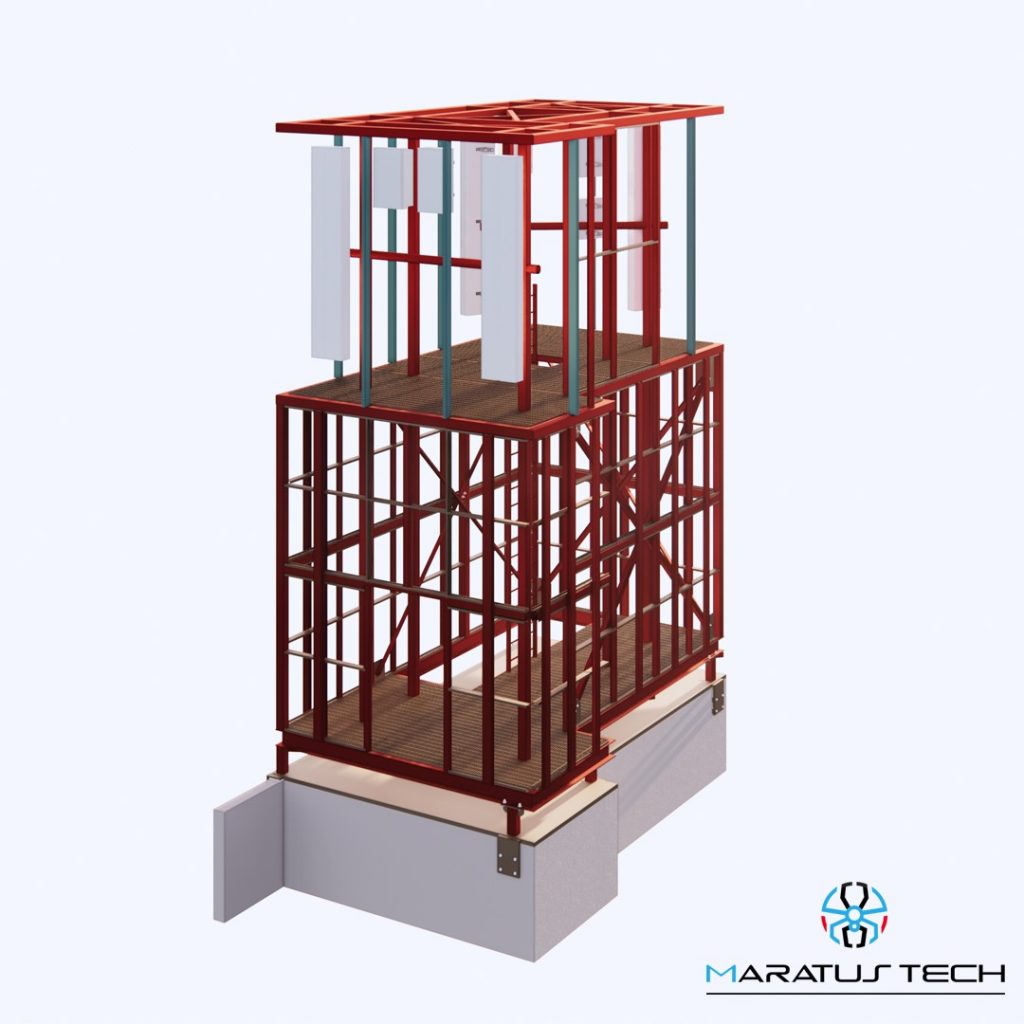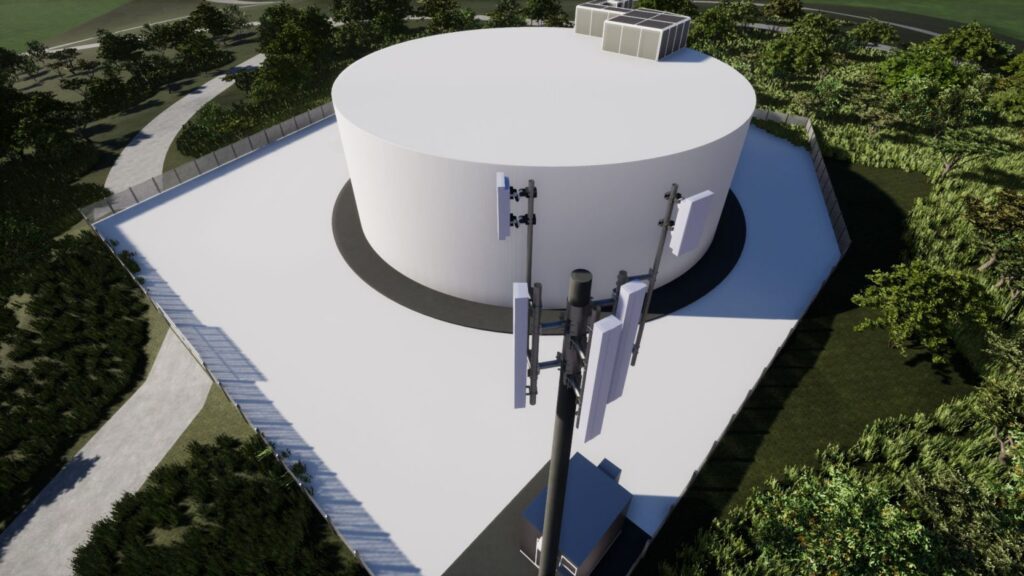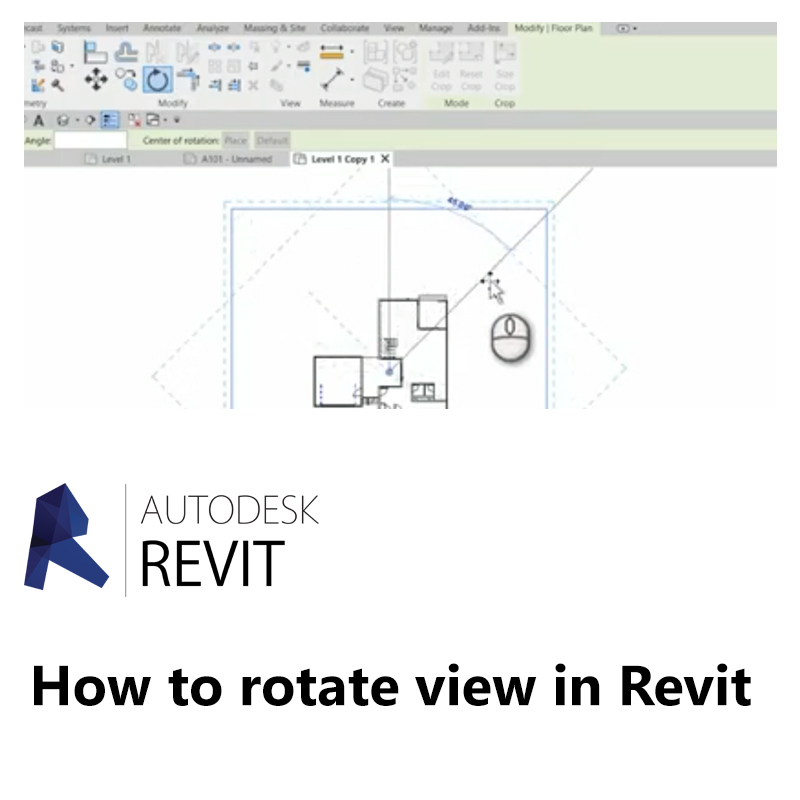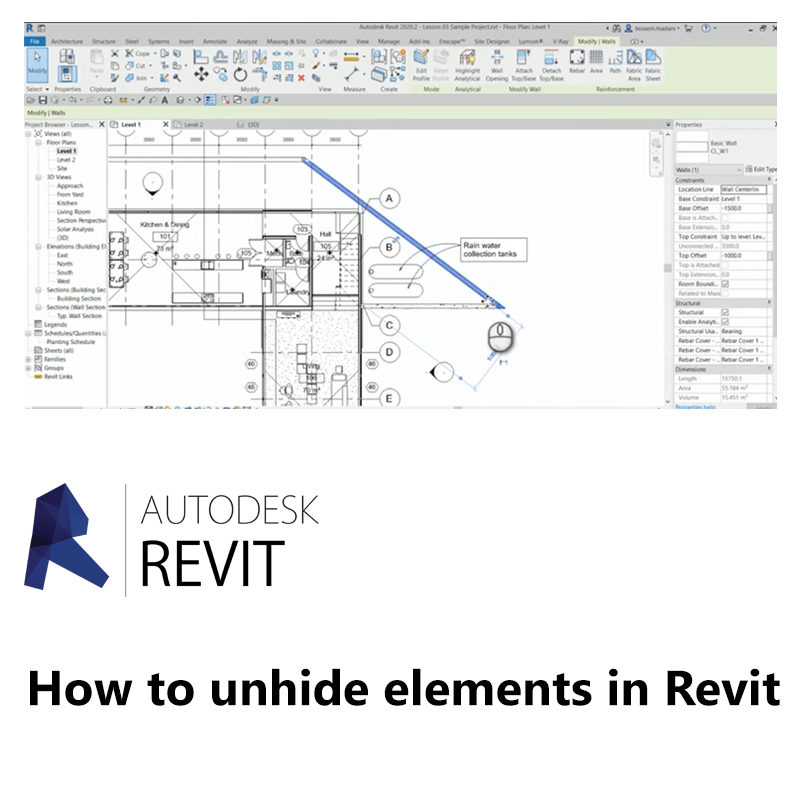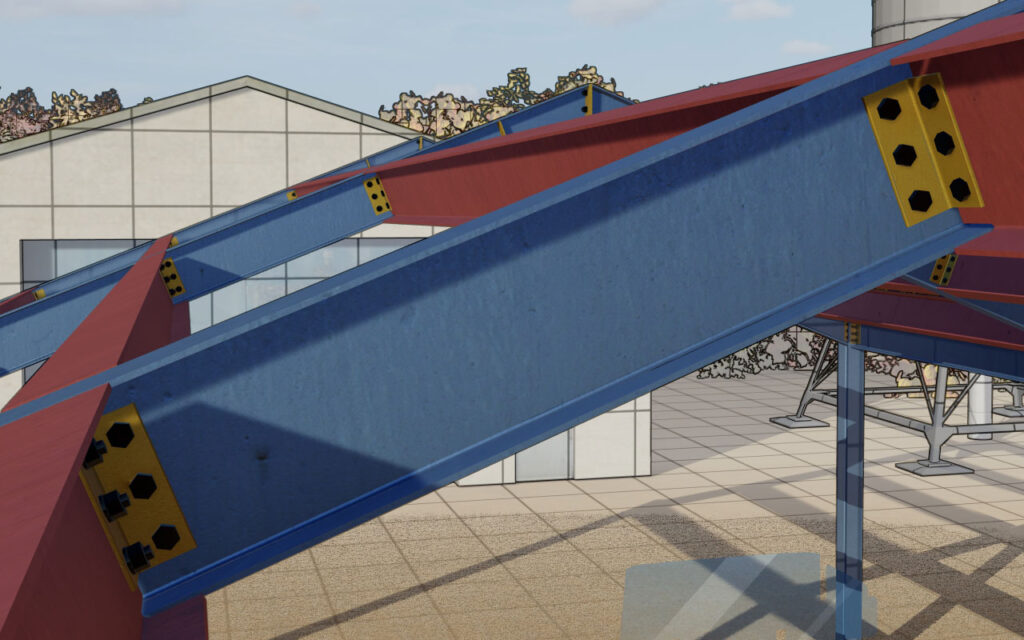Blog
Mastering Robot Structure Design with Revit: A Comprehensive Guide

Designing robot structures with Revit can revolutionize your engineering projects by providing precise, detailed, and efficient design solutions. Revit, with its powerful tools and capabilities, allows you to create complex robotic structures with ease. In this comprehensive guide, we’ll explore the steps, best practices, and tips for mastering robot structure design using Revit.
Step-by-Step Guide to Designing Robot Structures with Revit
Step 1: Setting Up Your Project
- Launch Revit: Open Revit and start a new project. Choose the appropriate template based on your project requirements.
- Project Settings: Configure your project settings, including units, levels, and grids, to ensure accuracy and consistency.
Step 2: Creating the Base Structure
- Draw the Foundation: Use the “Structure” tab to draw the foundation of your robot structure. Define the dimensions and materials.
- Add Columns and Beams: Place columns and beams to create the skeleton of your robot structure. Use Revit’s structural tools to ensure precision.
Step 3: Designing the Robot Components
- Model the Parts: Utilize Revit’s 3D modeling tools to design individual robot components such as arms, joints, and sensors.
- Assemble the Robot: Combine the components into a cohesive assembly. Ensure all parts fit together correctly and function as intended.
Step 4: Analyzing and Optimizing the Design
- Structural Analysis: Use Revit’s analysis tools to assess the structural integrity of your design. Identify any potential issues and make necessary adjustments.
- Performance Optimization: Optimize the design for performance, considering factors such as weight distribution, load capacity, and movement efficiency.
Best Practices for Robot Structure Design with Revit
- Use Standard Components:
- Utilize standard components and families available in Revit to streamline your design process and ensure consistency.
- Leverage Parametric Design:
- Take advantage of Revit’s parametric design capabilities to create flexible and adaptable robot structures.
- Collaborate Effectively:
- Collaborate with team members using Revit’s cloud-based tools. Share your models and receive feedback in real-time.
- Maintain Detailed Documentation:
- Keep detailed documentation of your design process, including annotations, dimensions, and specifications, to ensure clarity and accuracy.
- Regularly Update Your Skills:
- Stay updated with the latest Revit features and best practices by attending webinars, training sessions, and industry conferences.
Tips and Tricks
- Use Revit Families:
- Create and use custom Revit families for repetitive components to save time and maintain consistency in your designs.
- Implement BIM Workflows:
- Integrate Building Information Modeling (BIM) workflows to enhance collaboration, coordination, and project management.
- Take Advantage of Revit Extensions:
- Utilize Revit extensions and add-ons to expand your design capabilities and improve efficiency.
- Regular Backups:
- Regularly back up your project files to prevent data loss and ensure you have access to previous versions of your design.
Conclusion: Designing robot structures with Revit offers a powerful solution for creating precise, efficient, and innovative engineering projects. By following the steps, best practices, and tips outlined in this guide, you can master robot structure design and optimize your workflow.


